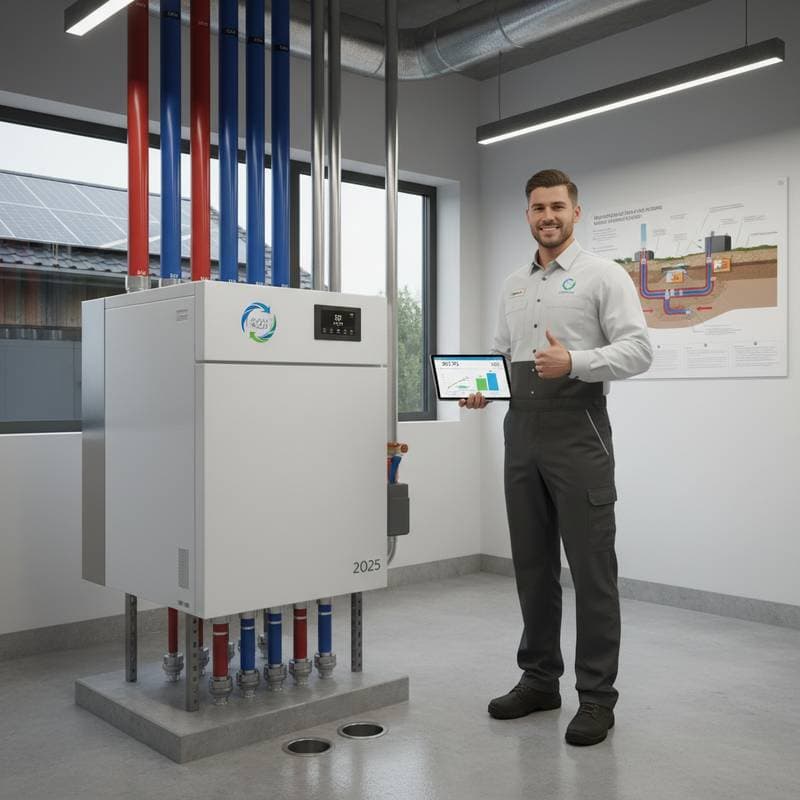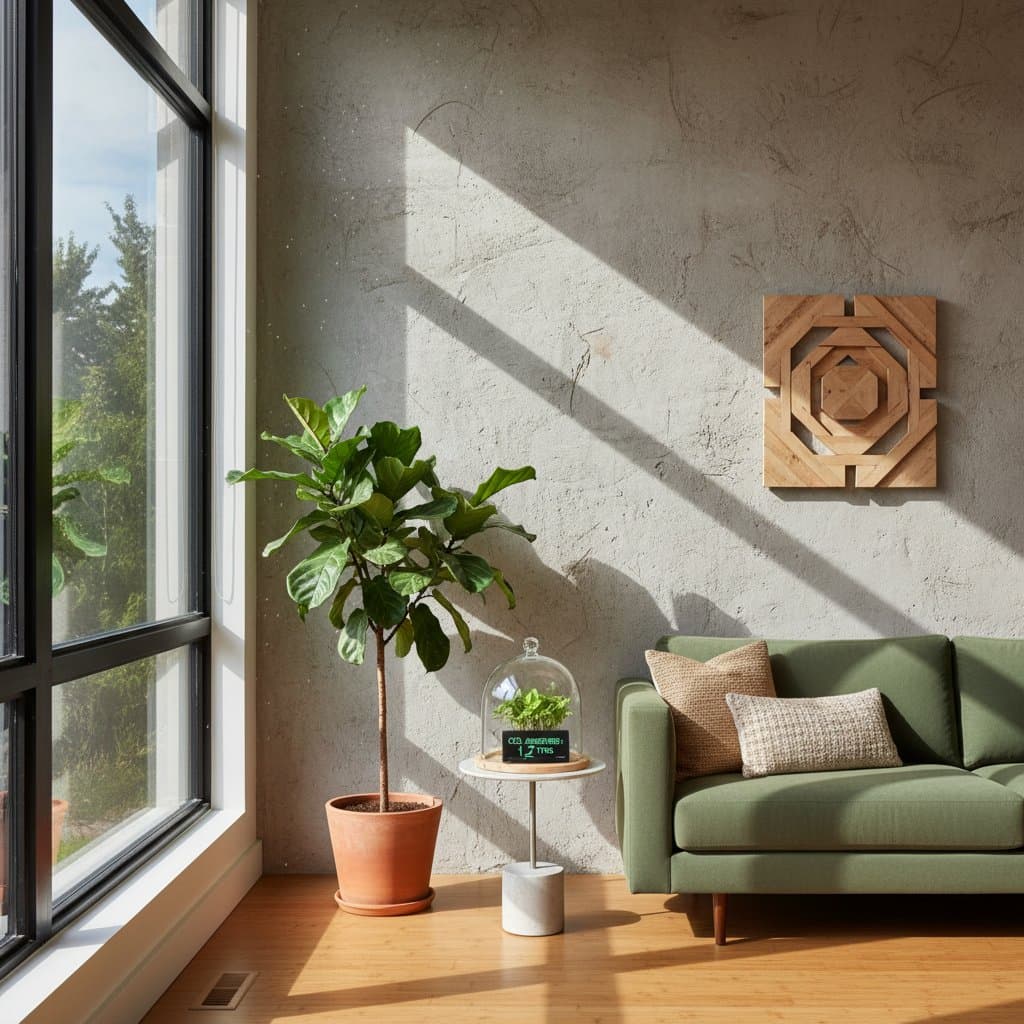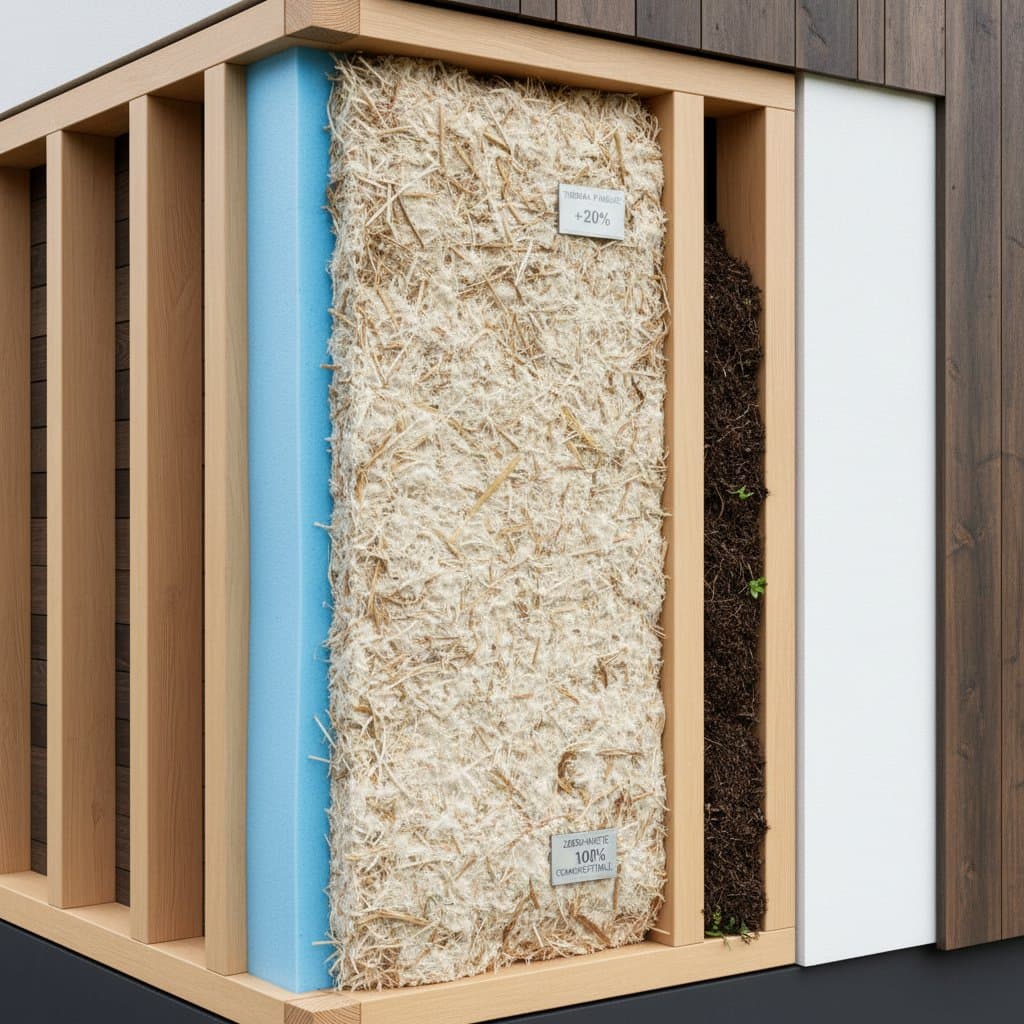Key Benefits
- Hempcrete walls deliver superior thermal insulation, significantly lowering heating and cooling expenses.
- As a bio-based material, it sequesters carbon and regulates indoor humidity for enhanced comfort.
- It suits new constructions or retrofits focused on energy efficiency and lasting durability.
Envisioning Balanced Indoor Spaces
Imagine entering your home on a chilly morning to find the air evenly tempered, free from stuffiness or excess moisture. The walls maintain equilibrium effortlessly. This subtle effectiveness stems from hempcrete, a composite of the hemp plant's woody inner core, lime, and water. Its unassuming appearance belies remarkable functionality.
Homeowners frequently face escalating energy costs while striving for consistent comfort. Conventional insulation materials mitigate some issues, yet they often retain moisture or diminish in effectiveness over time. Hempcrete regulates temperature and humidity through natural means, fostering a steady indoor climate throughout the seasons.
The Significance of Hempcrete
Hempcrete stands out among eco-friendly building options as a carbon-sequestering, low-environmental-impact choice that promotes both ecological responsibility and economic advantages. Hemp plants capture substantial carbon dioxide during cultivation, and the lime integration in hempcrete enables ongoing absorption and storage over the material's lifespan. Each square meter of hempcrete in a structure contributes to emission reductions.
From a financial standpoint, energy efficiency drives substantial returns. Residences featuring hempcrete walls achieve reductions in heating and cooling costs ranging from 30 to 60 percent relative to standard constructions. Although upfront installation expenses exceed those of basic insulation by 10 to 20 percent, sustained energy reductions and negligible maintenance needs recoup the investment promptly.
Essential Planning Factors
Approach hempcrete as an integrated system serving both structural support and insulation roles. Typically, it molds around a timber frame to form robust, permeable walls. Key elements to evaluate include:
- Sourcing materials: Availability of hemp and lime affects pricing; opting for regional supplies minimizes transportation-related emissions.
- Managing moisture: The material inherently resists mold, though suitable exterior coatings prove essential for longevity.
- Construction techniques: Casting on-site accommodates bespoke designs, whereas prefabricated blocks accelerate assembly.
- Expert involvement: Engage contractors versed in bio-based methods to achieve precise mixtures and optimal curing processes.
To illustrate, a standard residential wall might require 300 to 400 millimeters of thickness for peak performance, depending on climate demands.
Analyzing Costs and Returns
Hempcrete wall assemblies generally fall into mid-range to higher price categories, influenced by labor demands and finishing choices. While not the most economical initial selection, the overall lifecycle benefits attract many property owners. Projections indicate payback periods of three to seven years through energy conservation, superior air purity, and prolonged service life. Resistance to fire, insects, and dampness additionally curtails future upkeep expenditures.
For a typical 200-square-meter home, initial costs might total 15,000 to 25,000 dollars more than conventional options, offset by annual savings of 500 to 1,200 dollars on utilities.
Advancing Wellness and Efficiency
Hempcrete extends its value beyond mere energy conservation to support occupant health. Its permeable composition moderates indoor humidity levels, thereby diminishing allergens and promoting cleaner air. The material excels in diverse climates, mitigating extreme temperature fluctuations that burden HVAC systems. When paired with solar panels or other renewables, hempcrete facilitates pathways to near-zero energy consumption.
In humid regions, it prevents condensation issues common in synthetic insulations, while in arid areas, it retains necessary moisture balance.
Common Questions Addressed
Does hempcrete serve as a substitute for structural concrete?
No, hempcrete lacks load-bearing capacity and requires pairing with timber or steel frameworks.
Is it suitable for renovation projects?
Yes, it integrates effectively for adding internal insulation or overhauling existing walls.
Does it comply with building regulations?
Regulations differ by location, but hempcrete increasingly qualifies under performance-oriented codes.
What is its expected lifespan?
With correct installation, hempcrete endures for generations with little deterioration.
How does it compare to other natural insulations like straw bale?
Hempcrete offers faster installation and better fire resistance, though straw bale may provide denser packing in certain applications.
Steps to Implement Hempcrete
Homeowners aiming for reduced expenses, salubrious living spaces, and diminished ecological impact will find hempcrete a strategic choice. Start by establishing a realistic budget that accounts for material and labor variables. Seek consultations with specialists in natural building techniques, and emphasize procuring supplies from nearby sources to amplify sustainability. With these breathable walls installed, the benefits extend far beyond basic thermal protection, yielding enduring efficiency and environmental contributions.









